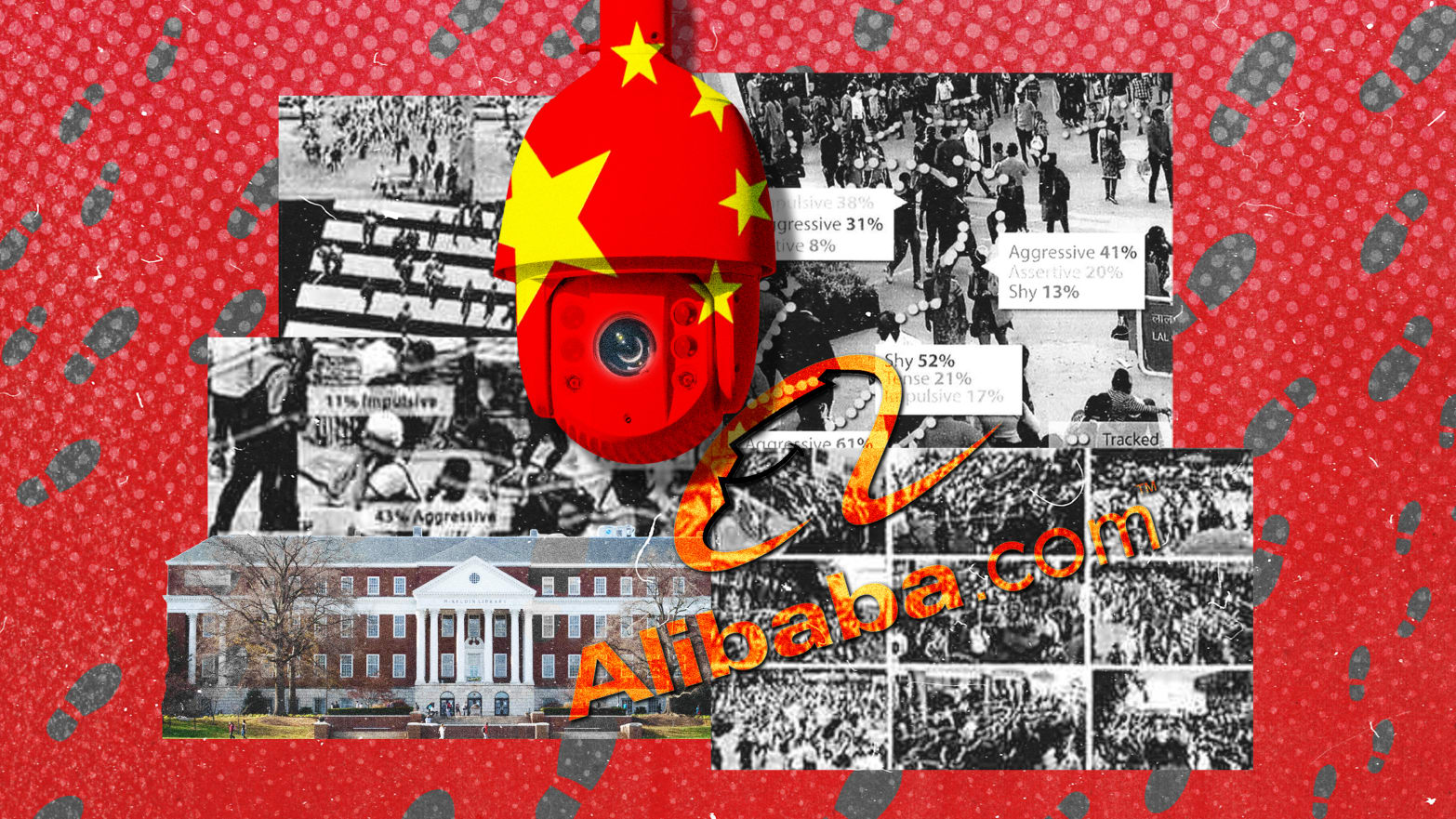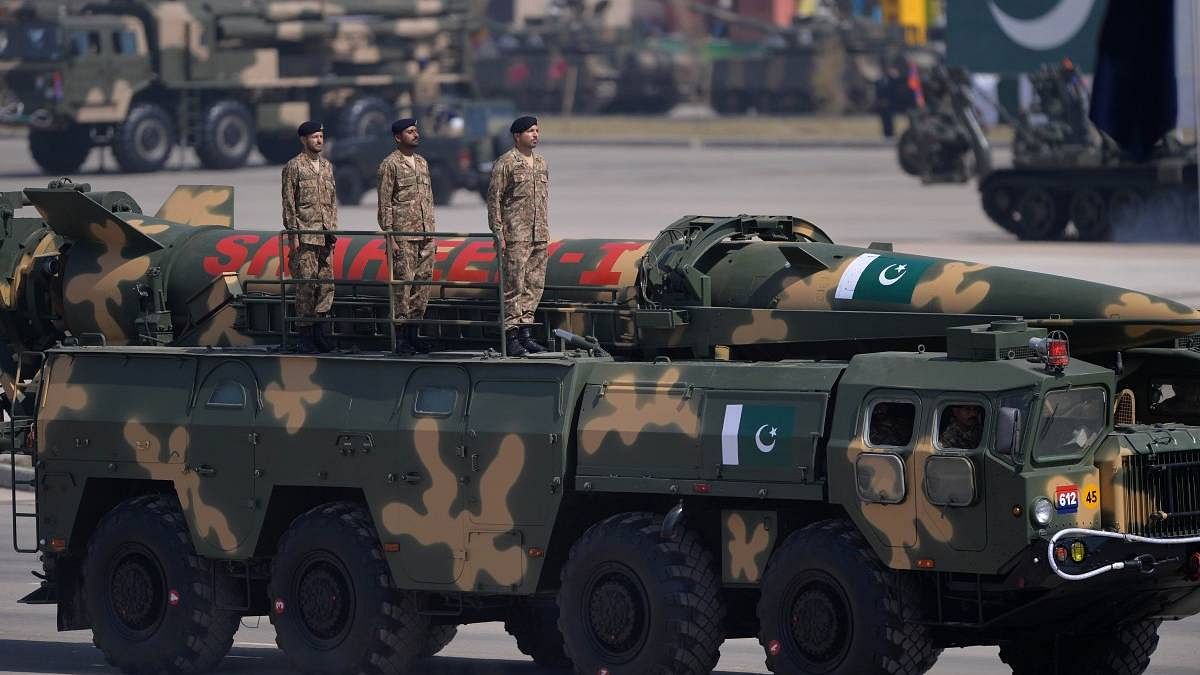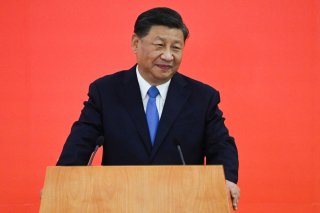Khrystyna Holynska and Pauline Moore

Russia's attack on Ukraine's sovereignty is unprecedented (PDF) in the 21st century. So what is Moscow's rationale for the move? Is Russian President Vladimir Putin confronting a perceived threat to his country's security? Does he see himself as following examples from history and standing up for Russian greatness? Does he seek perhaps to establish a sense of order by maintaining an adversarial relationship with the West?
International relations literature has a vast body of research that seeks to explain leaders' judgments and their decisions to go to war. Some have characterized Putin's war on Ukraine as a return to a realist perspective, in which states in the international system are driven to action by concerns for their own survival. The realist theory suggests leaders consider which actions might help them pursue their interests, dealing with the consequences even when their behavior violates the appropriate boundaries.


















